LASIK FAQ
Good candidates are generally over 18, have stable vision for at least a year, and have a prescription within a certain range. Your overall eye health, corneal thickness, and lifestyle factors also play a role. A consultation will help determine the best procedure for you.
Nope! LASIK is designed to be comfortable. Numbing drops are used, and patients typically report only mild pressure through the duration of the short procedure. After the procedure, some may experience dryness or mild irritation, but these effects usually resolve within a few days.
Since laser vision correction and EVO ICL procedures are considered to be elective procedures, they are not covered under most health or vision insurance plans. Since we don’t believe finances should stop anyone from experiencing vision freedom, we offer a variety of payment options to make vision correction surgery as affordable as possible.
At Sawyer Eye Center, we offer a variety of vision correction procedures and the cost depends on the type of vision correction procedure you are eligible for. At the end of your consultation, your doctor will recommend a vision correction procedure for you and our staff will go over detailed pricing information as well as payment plan options if needed.
Most patients notice an improvement in vision within 24 hours and can resume most daily activities within a day or two. It’s essential to follow the care instructions provided to ensure optimal healing.
It is a common misconception that LASIK cannot correct astigmatism. In fact, LASIK and other vision correction procedures are designed to recontour the cornea into a more ideal shape thus reducing or eliminating astigmatism.
LASIK is a safe, FDA-approved procedure with high success rates, but like any surgery, it carries some risks. These can include dry eyes, glare, halos, and, in rare cases, complications with the corneal flap. We’ll go over all risks in detail during your consultation.
LASIK involves creating a corneal flap, while PRK removes the cornea’s outer layer. PRK may be more suitable for patients with thinner corneas or those in professions with a higher risk of eye trauma.
LASIK can reduce or eliminate the need for glasses or contacts, though some patients may still need them for reading or night driving, especially as they age. Vision correction outcomes can vary based on individual eye health and the specifics of each prescription.
LASIK results are generally long-lasting, but some patients may experience changes in vision as they age. Enhancements or other procedures can sometimes help maintain optimal vision if needed.
Interested in our services? We’re here to help!
We want to know your needs exactly so that we can provide the perfect solution. Let us know what you want and we’ll do our best to help.

